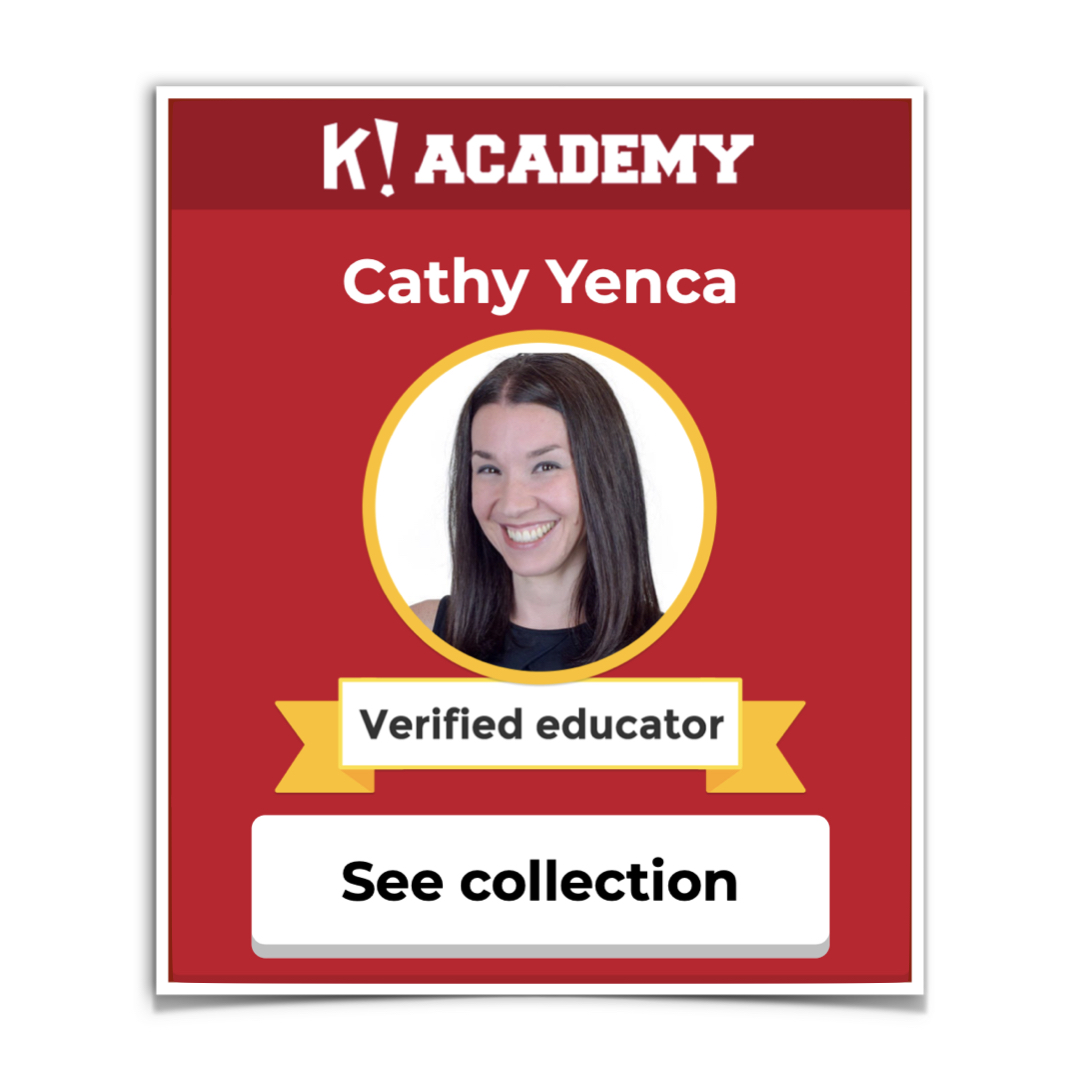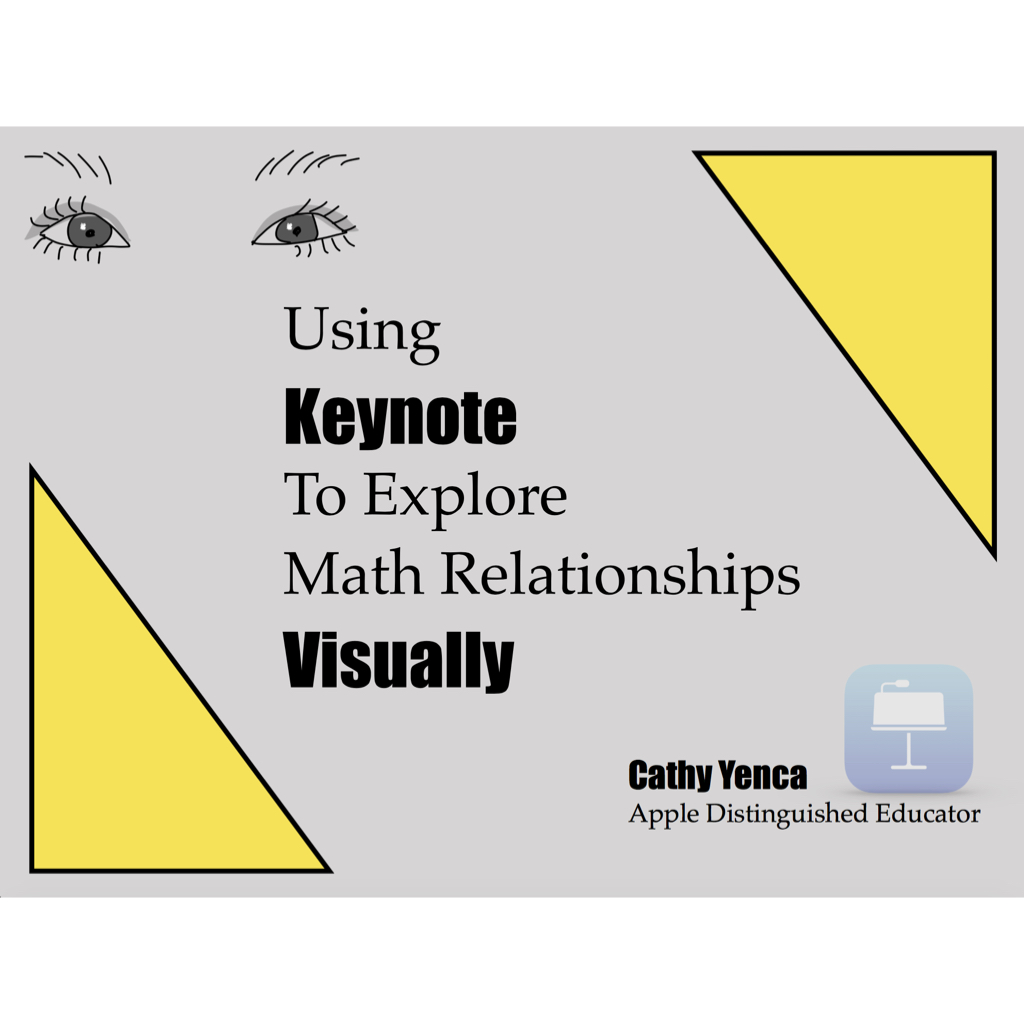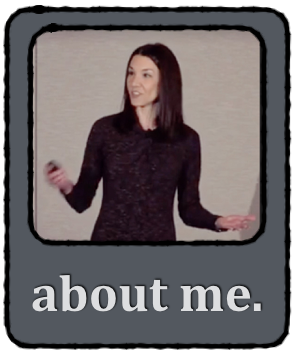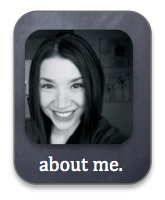One of my goals for the 25-26 school year is to incorporate structured movement and peer dialogue into at least one math lesson per unit by implementing the Stand and Talk and Four Corners strategies. These activities will provide opportunities for students to physically engage with math concepts, verbalize their reasoning, and consider multiple perspectives, supporting conceptual understanding and classroom community.
If you use any of the Amplify {Desmos!} Classroom activities organized into collections by unit shared in the sidebar here, you may notice I’m intentionally adding Stand & Talks screens as we progress through the curriculum this year. It’s amazing how effective such a simple-to-implement strategy can be to encourage students to talk math! I’m having fun gleaning these activities for opportunities to add a new visual prompt for students to talk about. As always, credit to Sara VanDerWerf! Though I adore this strategy and will stick to my goal commitment this year, middle schoolers can sometimes be resistant to talking to another peer one-on-one, even for a short time, especially as I’m asking them to partner up with someone new every time. #AWKWARD


Which is why I’m also using a low-stakes formative assessment strategy regularly to my repertoire – my version of a “4-Corners” strategy!
Using 4 different sets of similar problems, students FIRST work individually on their own brief set of problems. Students may not realize that there are 4 different versions of the problems floating around the classroom just yet! Then, after a few minutes of independent work, I send students to each of the 4 corners of the classroom (or 4 specific areas I’d like them to meet) according to the emoji pictured in the top corner of each warm-up sheet. These randomly-grouped students compare and discuss solutions with one another, making corrections as needed. I check in with each group, and we come back together as a class to discuss solution strategies and questions. Meeting with a random small group seems more to students’ liking than being asked to talk to a peer one-on-one.
I love that this sort of activity promotes both MOVEMENT and STUDENT DISCOURSE. It’s a variation on “YOU DO… Y’ALL DO… I-DO-or-intervene-as-needed”.
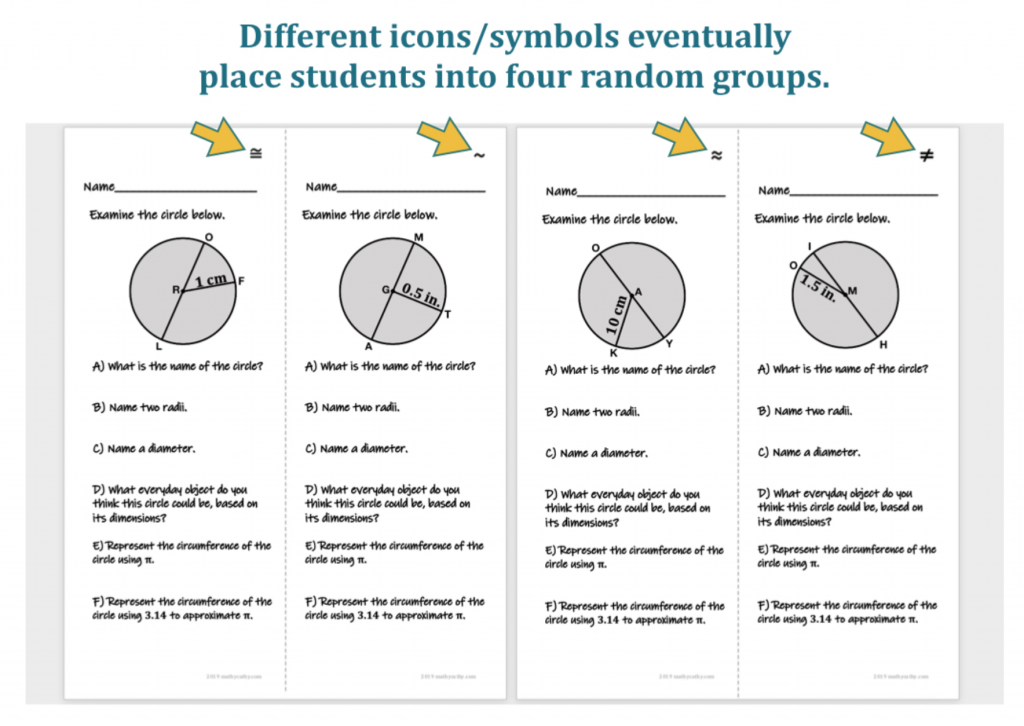
4-Corners can be a pre-assessment… a warm-up… a review… a lesson closure activity… a great way to start a Monday morning to see if Friday’s math is still in their brains… literally ANY TIME.
For an even more detailed run-through of the various ways I use the “4-Corners” resources I create, read this super-thorough blog post, which also includes a FREE “4-Corners” activity addressing circumference. (⬆️ pictured above ⬆️ )
Also, check out a few more of these linked below. Every time I use one, I see and hear students’ work and dialogue and I think, “I should do this more often!”
Well, by creating all of these, I’m committing to that! ❤️ Join me!
4-Corners: Order of Operations / Simplify Expressions
4-Corners: Classify, Compare / Order & Represent Real Numbers
4-Corners: Scientific Notation & Standard Decimal Notation
4-Corners: Solving 1-Step Equations & Inequalities
4-Corners: Solving 1-Step Equations & Inequalities With NEGATIVES
4-Corners: Solving Multi-Step Equations
4-Corners: Slope From a Table and Graph
4-Corners: Write a Slope-Intercept Form Linear Equation Given Two Points
4-Corners: Linear Proportional & Non-Proportional Relationships
4-Corners: Angle Sum & Exterior Angles of Triangles
4-Corners: Pythagorean Theorem and its Converse
4-Corners: Volume of a Cylinder
4-Corners: Surface Area of Similar Solids
4-Corners: Transformations Using Coordinates
4-Corners: Statistics: Measures of Center & Spread











